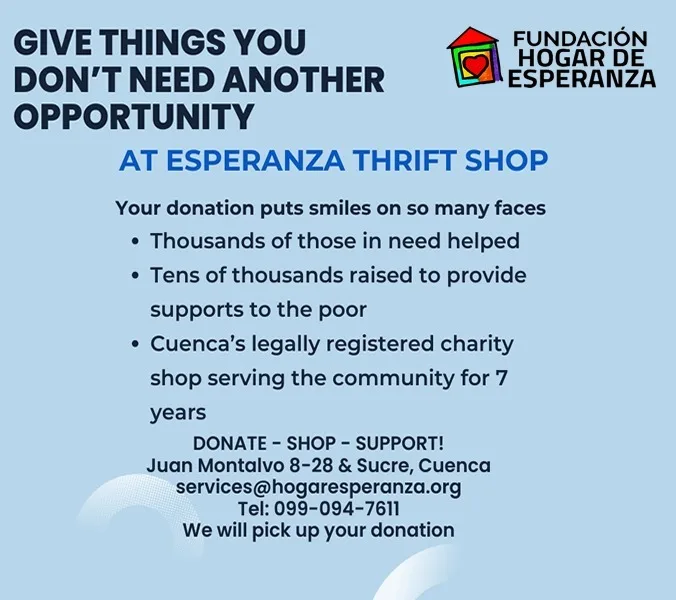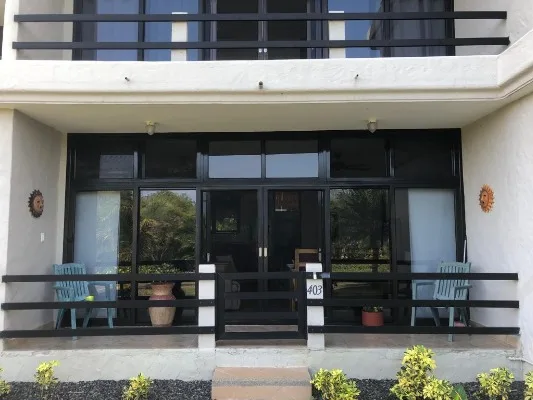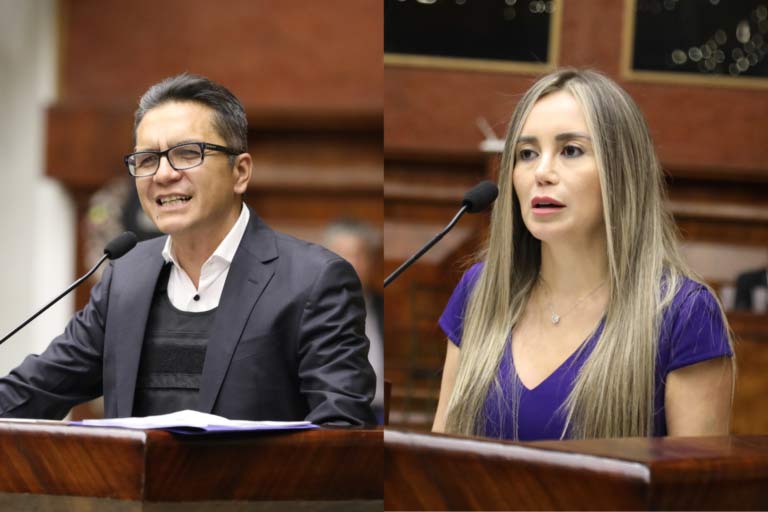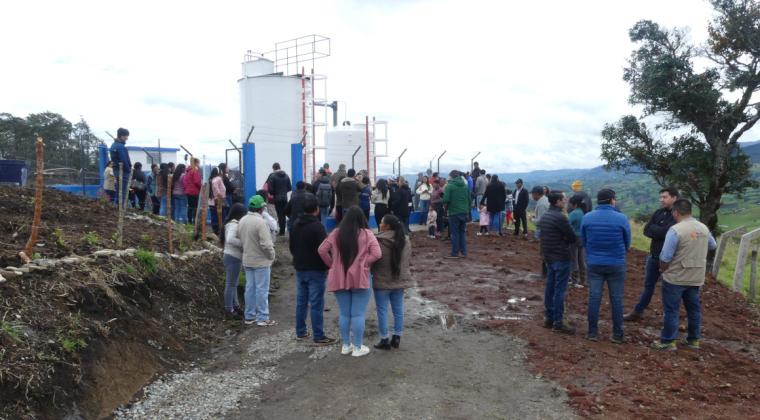How do you tell the difference between Cuenca’s expats and tourists?
By Liam Higgins
Students from the University of Cuenca conducting a survey of expats say they have a big problem: telling the difference between expats and tourists.

Tourists or expats in Cuenca?
The students say that Cuencanos, and even most expats, are confused by who’s who. “I did the survey in 2015 and most of the people we talked to in Parque Calderon were expats,” says Ana Carrasco, who is beginning her final year of university. “Now, more of them are tourists so we have to ask more people to find the foreigners who live here. The problem is, they all look alike to us.”
Jerry Williamson, who is taking a year off from Rutgers University in the U.S. to study at the University of Cuenca, says it’s almost impossible to sort out the two groups. “I hear people saying all the time that Cuenca is crawling with expats but they often mistake tourists for expats,” he says, “And, vice versa, of course.”

Most Ecuadorians can’t tell the difference.
“I went to lunch at Raymipampa the other day with a man who just moved here and he made the comment that the place was full of expats,” said Williamson. “I told him no, that almost all the European – North American-looking people in the restaurant were tourists. For some reason, the expats don’t go there even though it’s a good place to eat. They tend to cluster in their own groups and go to their own places.”
Williamson who, in addition to working with his University of Cuenca classmates, is conducting his own survey of expats for a graduate school project, says there are reasons for the confusion. “What I have found is that tourism is booming in Cuenca, something like 10% to 15% growth a year. On the other hand, from the interviews I’m doing, I think the number of expats is growing more slowly, with a lot of people leaving while a lot of new ones move in.”
So how many expats does Williamson believe live in Cuenca? “That’s the question nobody has the answer to,” he says. “There are so many variables, such as whether you count Ecuadorians who are U.S. citizens who have lived in the U.S. part of their lives. The immigration office doesn’t keep those kinds of statistics,” he says, adding that he uses the U.S. Embassy estimate of 6,000 U.S.-native expats for his research.
Cuenca has become very popular with European tourists, according to Williamson. “My friends at the university can’t tell the difference between German, French and Swedish, and North Americans,” he says. “They all look and sound the same to them. I have trouble too, but can differentiate by language.”
Carrasco says that she’s discovered that there are a few indicators of who the expats are. “It’s strange, but the older they are the more likely they are to be expats but so are the young ones with children,” she says. “The big change I see since two years ago is that there are more young expats in Cuenca, and many of them are from Europe.”
__________________
Updated from 2015 posting.






















